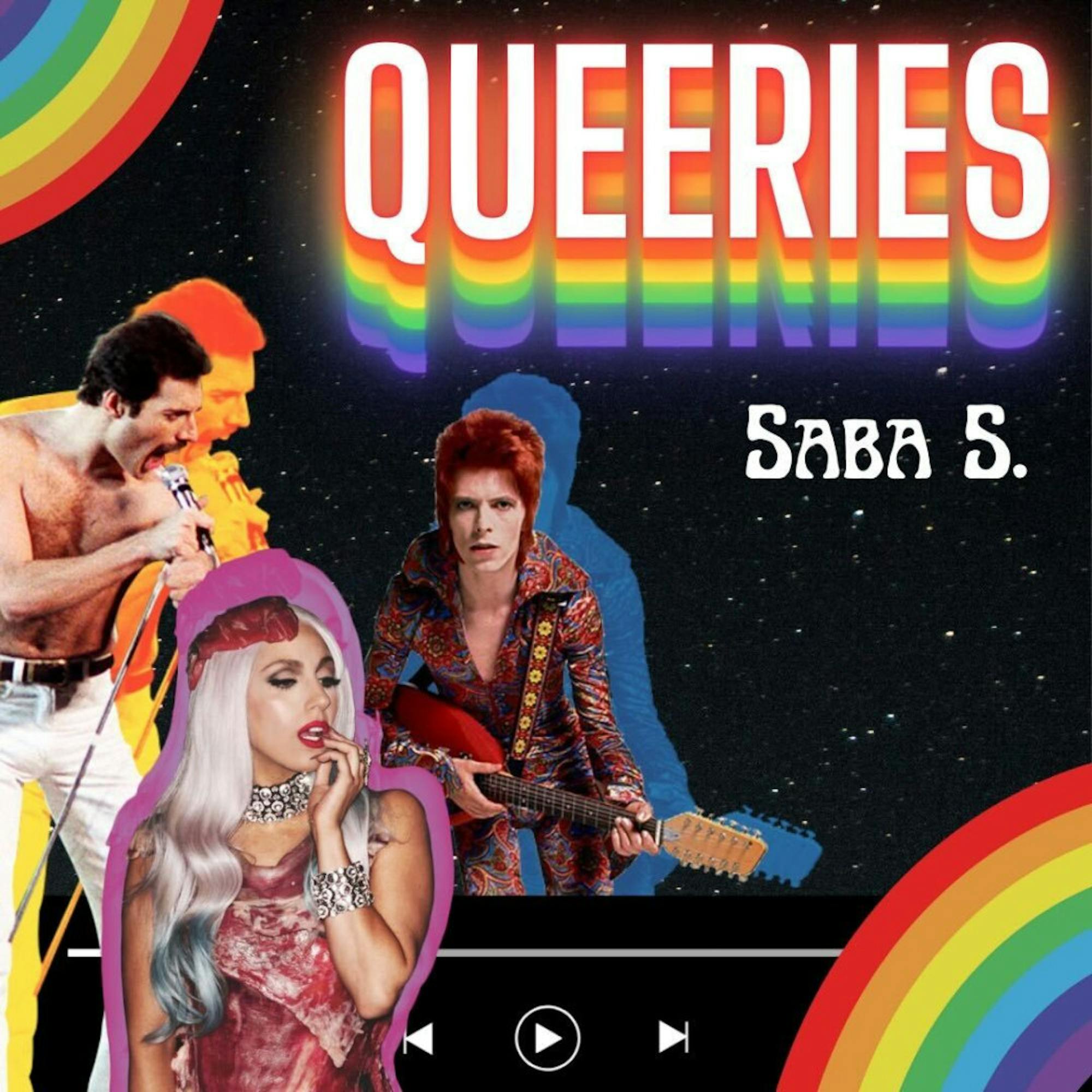Content warning: This article discusses transphobia.
The super-straight movement originated from the social media platform TikTok, which has most recently become a breeding ground of new collective trends predisposed to rapid expansion. The “movement” quickly found a new home on Twitter, when it rose in popularity and became a trending topic. This phenomenon directly revolves around the gender expression of transgender individuals, simply because they resist a normative social structure.
The term “super-straight” is defined within its community as a new sexuality that means you are only attracted to cisgender women or men. This movement is offensive and inaccurate for numerous reasons. Not only does this idea perpetuate transphobia; but it insinuates that straight, cisgender men and straight, cisgender women who date transgender men and transgender women are not straight. The movement implies cisgender men and women do not have a right to identify as straight and do not deserve to be comfortable in their interpersonal relationships. Even in this era of social progression, transgender families continue to experience forms of identity censorship where heteronormativity is seen as an oppressive social structure that is underscored by the super-straight movement. The movement highlights how heterosexuality constitutes the standard for legitimate sociosexual arrangements.
The outlandish and clear show of hatred toward the transgender community is only flamed by the past actions of former U.S. President Donald Trump. With Trump’s transgender military ban — and past transphobic tweets — there has grown a community of his supporters who now feel that it is within their constitutional right to openly hate such communities because it falls under their privilege to freedom of speech. These individuals along with those who are part of the super-straight movement create a cascading effect of transphobic mindsets and decrease acceptance toward a newly accepted and ascending community. The super-straight movement is about a group of men and women who are creating a space to invalidate others. These individuals want their sexual preferences to be seen as a sexual identity; however, there is a large difference between sexual identity and sexual orientation. The reasons why any given person does not wish to engage in sexual activity are irrelevant; the fact that they do not wish to partake is reason enough itself.
While 2020 was nearly two years ago, the online harassment of transgender individuals has only risen. Only in 2022 has TikTok started to explicitly ban hate speech pertaining to LGBTQ content. Before this change, deadnames, misgendering and using incorrect pronouns were allowed on this platform. TikTok is a place where trans individuals advocate for themselves and have found a community to share their experiences on. How is it that this platform took two years after the super-straight movement to protect its creators and set precedent on their own beliefs? Social media in general needs to start protecting its users. Blocking hate speech after allowing it for two years is not enough of an apology, and everyone deserves basic human rights. So give them to us.






